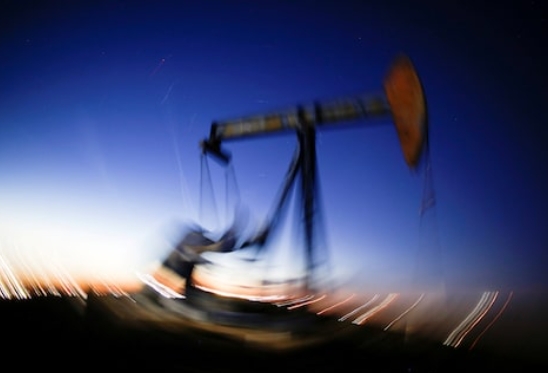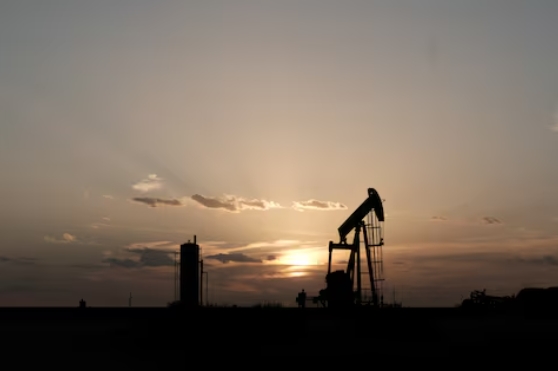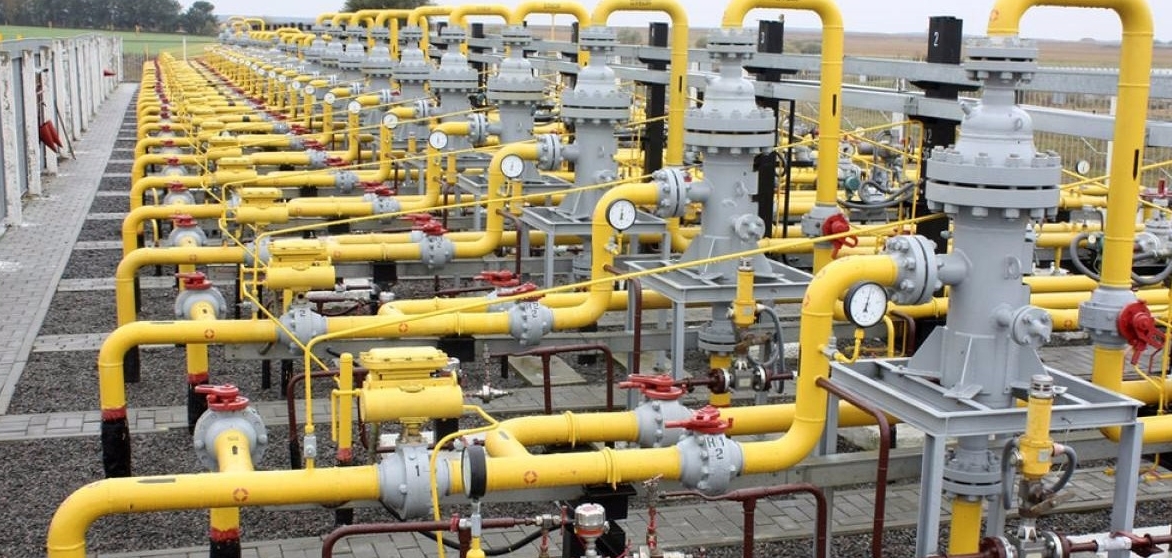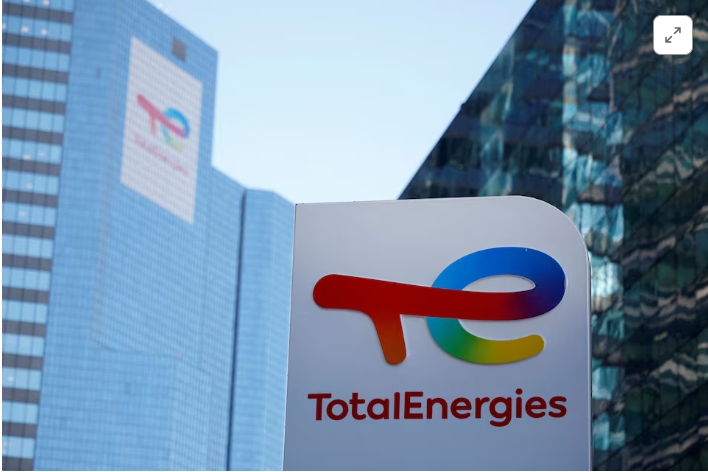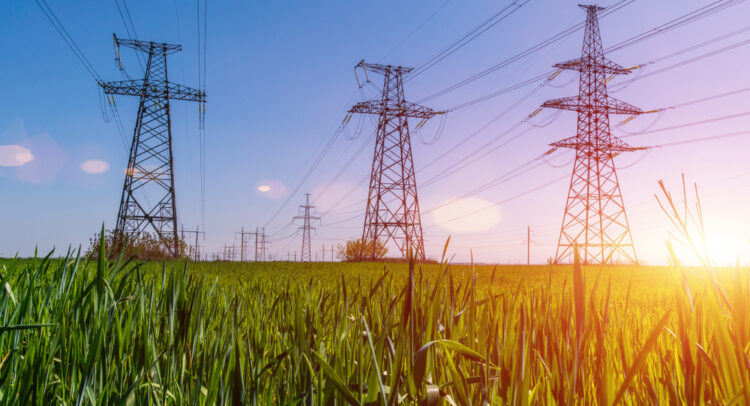The 94 nuclear power reactors across the United States — the most of any country — will be "absolutely essential" for the country to meet Biden's climate projections, according to his climate adviser, Gina McCarthy.
"Now, I don't expect those old ones [nuclear reactors] to be around a long time. But I do expect them to be safe, and I expect them to continue in a way that's going to allow us to keep the greenhouse gas emissions down with really stable baseload capacity," McCarthy recently told a webinar hosted by the Columbia University Center on Global Energy Policy.
"We are not going to be able to achieve our climate goals if nuclear power plants shut down. We have to find ways to keep them operating," Energy Secretary Jennifer Granholm said early last month before a House Appropriations subcommittee.
"I absolutely agree," said Dan Stoddard, senior vice president and chief nuclear officer for Dominion Energy. "If we are going to achieve our zero carbon or net-zero goals, nuclear has to be a part of the solution. So, it's very gratifying to see people at the federal level — important people in important positions — acknowledging that, as well."
Aside from its reliability and independence from any other source of fuel, nuclear power production is relatively compact, with a footprint of little more than 5 hectares per megawatt.
It would take 3 million solar panels or more than 400 wind turbines to provide the same power as a 1-gigawatt reactor, according to the U.S. Department of Energy.
"Solar is good. Wind is good. [Battery] storage is good. But they are not the entire technological answer to the question," Stoddard said. "Nuclear is going to be, for the foreseeable future, an important part of the equation if we're going to have a carbon-free supply of electricity."
20% of US electricity
Despite the expensive upfront costs to build and commission a nuclear power reactor — which easily run into the billions of dollars — the efficiency of splitting uranium atoms has resulted in 20% of the electricity being currently generated in the United States.
Dominion Energy operates seven reactors at two nuclear plants in Virginia — one in South Carolina and one in Connecticut — all together producing about 6,500 megawatts of energy.
Combined, its two nuclear plants in Virginia, in rural Louisa and Surry counties, provide power to nearly 900,000 homes, or about one-third of the state's total electrical production and 90% of Virginia's carbon-free electricity.
"There's not a sufficient recognition of nuclear as being carbon-free," Stoddard said in a VOA interview at the North Anna facility. "I think that's, in part, on us as an industry to better communicate that fact. We have a great story to tell in nuclear."
For decades, however, environmental groups have told a scary story about nuclear power, with chapters about accidents at Three Mile Island in the United States, Chernobyl in Ukraine and Fukushima in Japan. They've also raised concerns about where and how to store and protect spent radioactive fuel for thousands of years.
Greenpeace, once at the forefront of this issue, no longer actively campaigns against nuclear power in the United States. But in response to a query from VOA about the group's contemporary stance, it did send a statement.
"The climate crisis demands solutions that are fast, equitable and affordable. Nuclear energy is none of these. Nuclear energy is both expensive and dangerous, and just because nuclear pollution is invisible doesn't mean it's clean," according to Greenpeace USA Climate Campaign Manager Anusha Narayanan. "We have the renewable energy technology needed to meet the demands of the climate crisis. Instead of pouring money into new nukes, the Biden administration should focus on phasing out fossil fuels and investing in the transition to a renewable energy economy."
The nuclear industry calls that outdated thinking.
"These plants, some approaching 50 years of operation, have never operated more safely or more reliably in their history," Stoddard responded. "The United States' nuclear industry has an incredible track record of safe and reliable operation.
While nuclear plants remain the country's top source of emissions-free power generation, they were not designed to last forever, and very few new ones are being built in the United States. Decommissioning too many of them could send Biden's clean energy goals up in smoke.
The White House has recently sent signals to lawmakers and industry stakeholders that it supports subsidies to prevent those old nuclear units from shutting down.
The Energy Department "has not historically subsidized plants, but this is a moment to consider to make sure we keep the current fleet active," Granholm said in her testimony before Congress.

